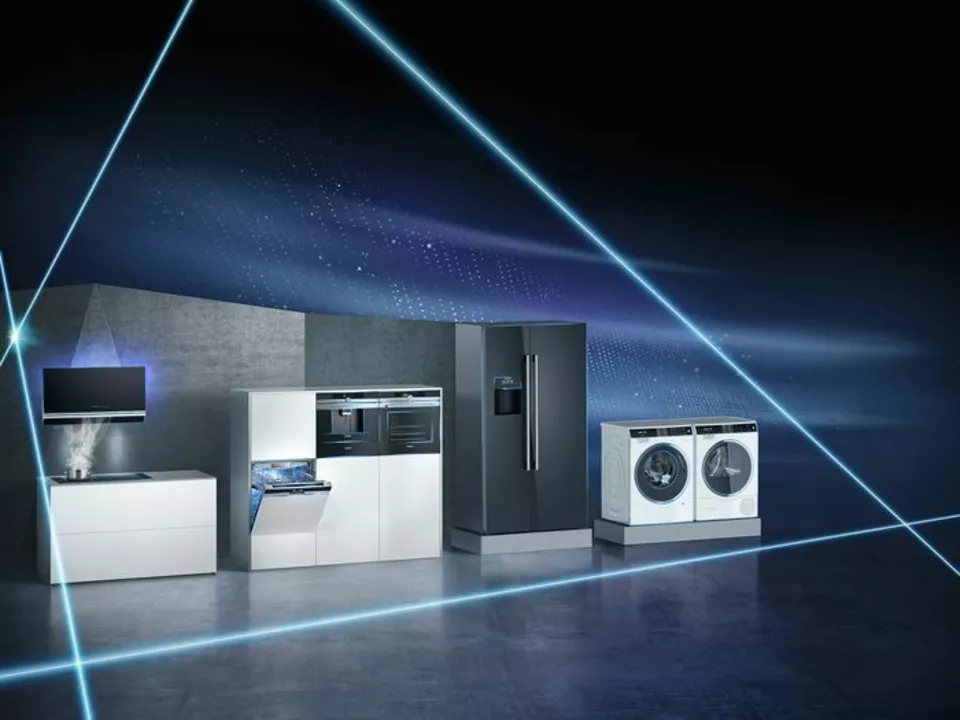Home Electronics and Appliances: Smart, Efficient Picks for Every Budget
Need new appliances but confused by specs and prices? This guide breaks home electronics and appliances into simple categories so you can choose what fits your home, needs, and wallet. You’ll get practical tips on what to buy, how to save energy, and simple maintenance steps that extend gadget life.
Know the main categories
Start by dividing purchases into major groups: kitchen (refrigerators, microwaves, mixers), laundry (washing machines, dryers), climate (air conditioners, fans, heaters), entertainment (TVs, soundbars), and personal devices (phones, tablets). Each group has a few must-check features: capacity for washing machines, energy rating for fridges, and display type for TVs. Check these first before getting lost in brand ads.
Energy use matters. Look for appliances with high energy ratings—these save money over time. For example, an inverter AC uses less power than a conventional one during variable cooling. A 3-star fridge might cost less upfront but a 5-star model often cuts your electricity bill noticeably over years. Small changes add up.
Shopping tips that actually help
Set a clear need: do you cook daily or rarely? If you cook a lot, choose a higher-capacity oven and a sturdy mixer. If you eat out often, a compact microwave and a small fridge may be enough. Measure space before buying. Many returns happen because the appliance didn’t fit through the door.
Compare total cost, not just price. Consider warranty length, service network, and annual energy cost. A cheaper model with poor after-sales can become expensive fast. Read a few user reviews focused on durability and service response. Prefer brands with spare parts available locally—repairs are easier and cheaper.
Smart features are useful but pick them thoughtfully. Wi-Fi controls and app alerts can save time, like pre-cooling your AC before you get home. But smart features add cost and may become obsolete. If you value longevity, prioritize build quality and core performance over flashy extras.
Maintenance keeps appliances working longer. Clean filters monthly for ACs and chimneys. Defrost fridges when ice builds up. Run a service cycle on washing machines every few months to avoid odors. Small routines prevent big repairs.
Safety matters. Use stabilizers for voltage-sensitive devices in areas with frequent fluctuations. Keep cords in good condition and avoid running heavy appliances on the same socket. For gas-connected appliances, schedule an annual safety check to prevent leaks.
Register warranties and keep receipts. Many brands require online registration to claim full warranty. Watch for festival sales—Diwali and Independence Day often have real discounts, but compare models, not just labels. Think about delivery and installation charges—some sellers add fees. In humid places, use dehumidifiers or silica packs in electronics cabinets to avoid corrosion. Proper storage during monsoon extends the life of small gadgets. Ask about eco-friendly disposal options and trade-in deals when replacing items.
Following these simple checks saves money and hassle. Measure, compare real costs, maintain routinely, and prioritize safety. That’s how you get appliances that work well and last longer.

What are electronic appliances?
Electronic appliances are devices that use electricity to perform various tasks, making our lives easier and more efficient. They can be found in almost every aspect of modern living, from our kitchens to our offices. Some common examples include refrigerators, washing machines, microwaves, and smartphones. As a blogger, I rely heavily on these appliances to stay connected, maintain a clean home, and simplify daily tasks. It's fascinating to see how technology continues to evolve, constantly bringing us new and improved electronic appliances.